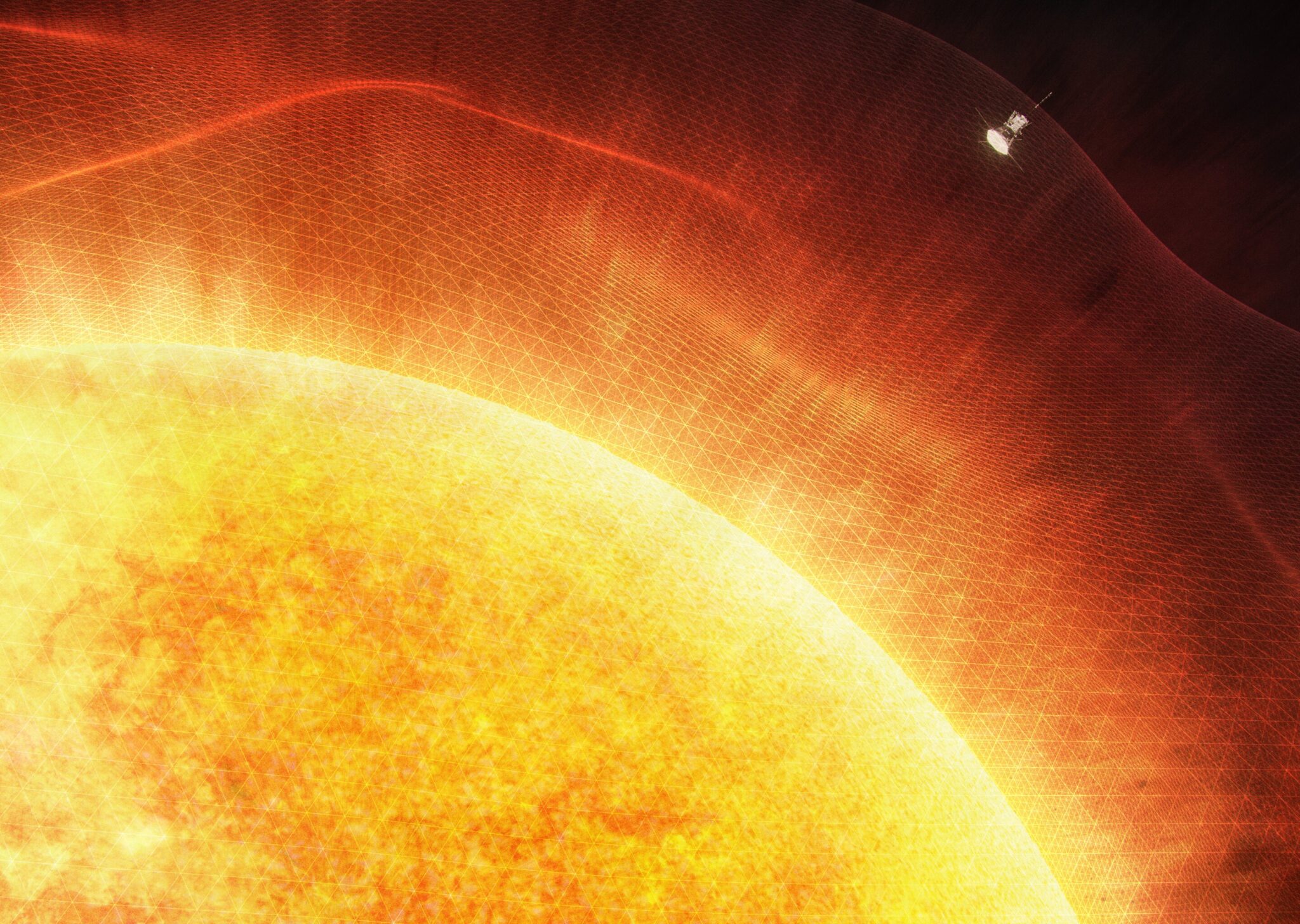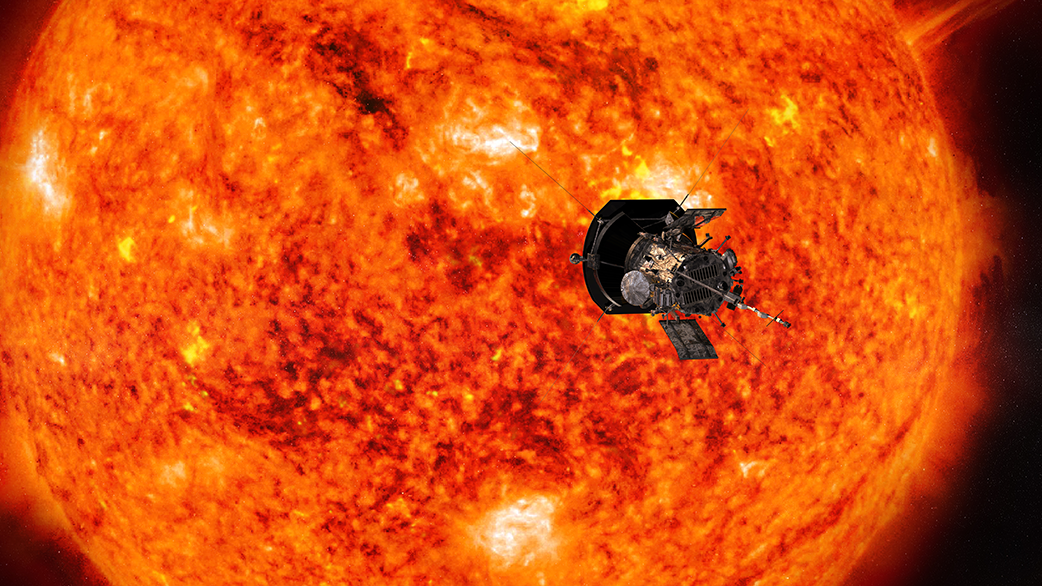Scientists have been trying for years to understand why the Sun’s outer atmosphere, known as the corona, is significantly hotter than its surface. Solving this mystery is one of the main goals of the Parker Solar Probe mission, a spacecraft that has come closer to the Sun than any other man-made object. The data obtained and analyzed after the convergence disproved one of the popular theories.

Researchers have long discovered superheated ionized iron in the Sun’s rays. To heat it to the desired temperatures of more than a million degrees Celsius, the corona would have to be 200 times hotter than the surface of the Sun, where the temperature is 10,000°C. This controversy, known as the “Coronal Heating Problem,” has sparked a long-running debate in scientific circles.
NASA launched the Parker Solar Probe in 2018 to investigate these questions. The probe was designed to operate under extreme conditions during the maximum approach to our star. The probe entered the Sun’s atmosphere in 2021, and it has been transmitting the most accurate measurements ever since.

The probe mission found that the corona’s boundary is uneven. Last year, it also recorded numerous small jets that may be the source of the solar wind. A new study based on Parker Solar Probe data has ruled out the presence of so-called “switchbacks” in the corona, which could explain the heating. Switchbacks are changes in magnetic fields that can contribute to heat transfer. Scientists thought they might be related to coronal heating, especially after the probe detected switchbacks in the solar wind.
A University of Michigan study found that switchback doesn’t occur in the corona, leading scientists to look for other explanations for the heating. One theory suggests that turbulence outside the corona may affect the magnetic field. Other scientists believe that so-called nanoflares – miniature versions of solar flares – may be responsible for heating the corona.
The Parker probe will continue its mission, and its next approach to the Sun is scheduled for December 24, which will collect valuable new data.
We previously reported on how Parker Solar Probe planned to break its own speed record in 2025.
According to techspot.com


